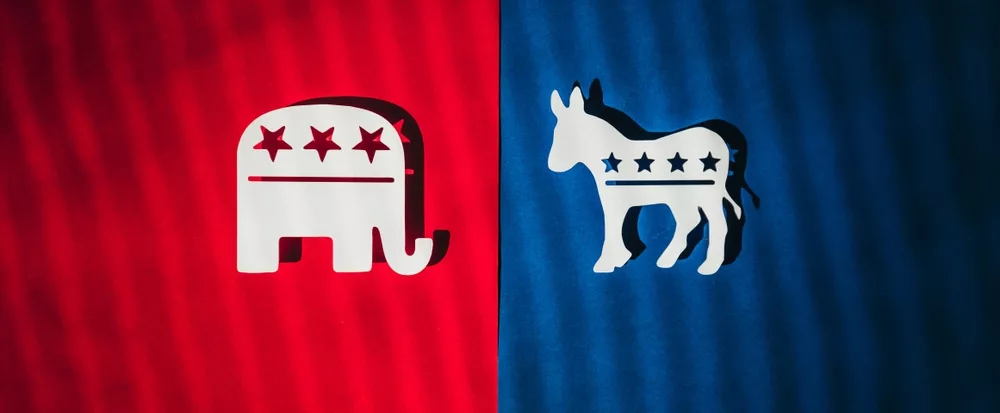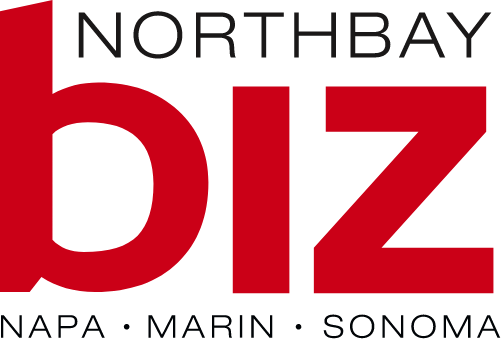
There is a long-standing, trite and generally true saying about how elections are decided: “It’s the economy, stupid.”
While that is easy to understand (and great for economists like me), it is simplistic. Elections are much more than just referenda on competing economic policies or the juxtaposition of social and economic concerns of the incumbent’s current stance and the candidate party attempting to take power. Indeed, if your home has become subsumed by the 24-hour news cycle, the media is more focused on crowd size, couches, candidate age, ethnic or racial background and the ensuing tennis match of rhetoric and psychoses that this election specifically has become. However, in the background is what each party is promising or suggesting the next four years have in store economically. Let’s quickly look at how each side seems to be leaning.
For the Republicans, the economic platform is maintaining and expanding tax cuts and growing and increasing tariffs. Some tax benefits may be for those who make tip income (depending on how that gets defined), dealing with the coming sunset of some provisions of the Tax Cut and Jobs Act (TCJA) of 2017, and providing tax incentives for healthcare and housing. On the tariff side, rhetoric has rattle sabers concerning baseline tariffs on all foreign goods (again, depending on how that is defined, as there are cars owned by a foreign entity but partially manufactured in the United States) and potentially passing legislation that makes the President’s office the prime trade and tariff negotiator for the United States. There is discussion that increasing oil production and reducing immigration will increase jobs for those currently in the United States. Generally, the platform is to reduce or maintain tax rates and expand tax-driven incentives, increase incentives to generate more domestic oil and thus reduce energy prices, and increase economic growth while lowering inflation from current levels.
For the Democrats, the economic platform is to create more tax revenue by raising taxes on those that make above $400,000 annually and on corporations (likely larger ones as the platform becomes more detailed). New tax revenues would allow for expansion of both child and earned-income tax credits. There would be a continued focus on reducing inflation through health-care-cost reductions and food-price reductions. Economists generally have been wary of both, with a keen focus on food-price policy that sounds like price controls (a classic no-no in terms of markets working efficiently and allowing competition to reign). The Democrats have been more explicit about not cutting Social Security or Medicare, using lower health-care costs as a way to reduce cost burdens on Medicare specifically. There has been some talk of major tax credits for first-time homebuyers and about providing mortgage “relief” (perhaps similar to student debt relief in structure if it comes to pass). Vice President Harris has mentioned increasing housing affordability many times as a potential policy focus, which echoes her California roots, but little has been stated in detail beyond proposed tax relief.
What should we make of this in the North Bay? There are three general conclusions. First, this is the time in election cycles when promises are made, and reality has yet to set in. This is true on both sides—both sides have policies that are incongruent with efforts to reduce inflation (tax breaks, household subsidies, tariffs and shifting immigration policies may not work in concert to lower prices) and with supporting smaller businesses (due to unknown tax structures and immigration policies having labor-market effects to increase wages). Second, both sides are promising some form of economic growth over the next four years, another classic and high-level campaign promise, which is not a major stretch given that recent forecasts are relatively sanguine to 2027 for now. Third, neither side is addressing national debt or fiscal debt levels directly. Similar to inflation, the current policy stance is somewhat mixed in its potential effects on our debt. So, for our aging population here in North Bay, which depends on migrating labor, we need to watch closely what happens next. The data in the table reminds us the national debt debate is looming, regardless of the presidential election outcome.
Congressional Budget Office, June 2024, Forecast for National Debt: Three Angles
| Estimated Variable | 2024 | 2034 |
| Debt to GDP (ratio or %), Current Dollars | 99.0% | 122.4% |
| Fiscal Deficit (Trillions of Current Dollars) | $1.9 | $2.4 |
| % Federal Budget Paid for Interest on Debt, Current Dollars | 12.9% | 16.6% |
Source: Congressional Budget Office
Dr. Robert Eyler is professor of economics at Sonoma State University and president of Economics Forensics and Analytics in Sonoma County.



